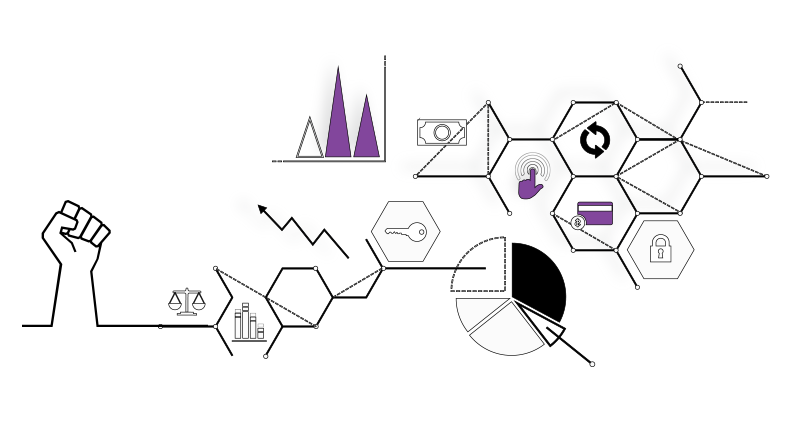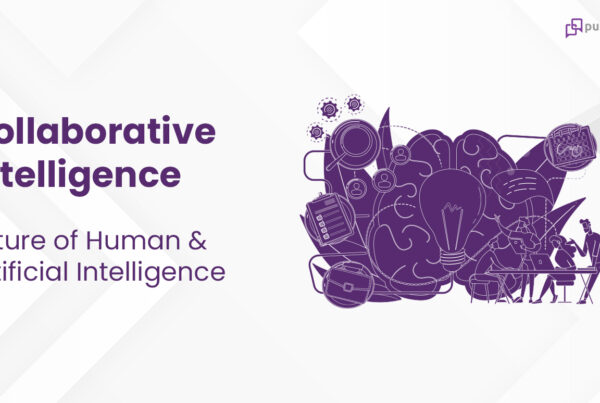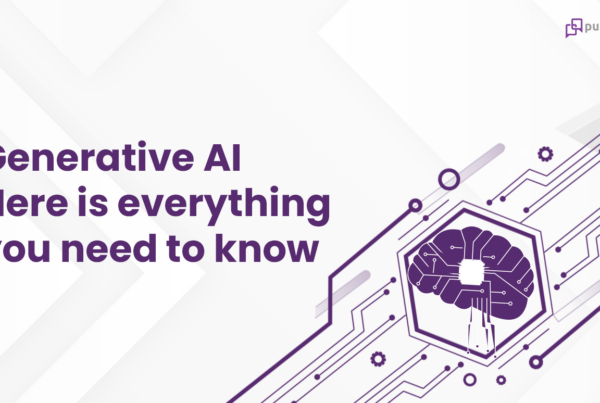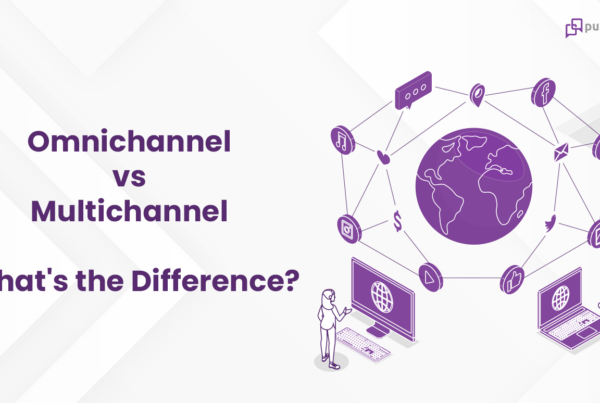
Since the genesis of computers, one of the major question that has driven the evolution of the digital device is – How would Humans interact with the Computers? Especially in today’s scenario, when most of the tasks we do today with personal computers or mostly with our smart phones is to get an answer or to perform a task.
Be it selling your favourite product or a service or answering a question or helping them understand a product feature, your business is characterized by a series of engaging Conversations with your Customers, Employees or anyone else of interest expressed as a collection of words, in the language they speak.
Certain technologies are naturally tuned towards certain applications. We believe Conversational Insights, in both Voice and Text, with all its possibilities around language understanding and STT accuracy added by the inability of the traditional BI tools, is one such. Especially for the modern digital users.
Here are some practical reasons for that:
- Data Insights is more of a Conversation on Data
The true intent of any Analytics toolset, be it a Report, Dashboard, Scorecard or a Search interface, is to get answers backed by data, for data-driven decision making.
Every metric or a visual or a report just tries to improve the user’s ability to derive the answer for the questions they might have; not necessarily to the questions they really have.
What better way to do this than ‘Ask the Computers’ – in the language we speak.
Just ask. Talk to your data.
Start with a question. Follow that up with another. Drill-down, Explore. When in doubt, invite others, have a discussion. Hit the Eureka moment? Build a story, present it or share it with others who care.
- More naturally aligned to the business communication.
Just like the usage of glossary in any common language, data glossary is a collection of related terms, their equivalent business terms, utterances and their meaning.
Often times in the data management world, business glossary and data glossary are used interchangeably. A business glossary is more aligned to the business the application caters to and helps the users communicate in the right terms across the enterprise. For example Proceeds, Production, Earnings, Bottom-line all can be used to refer to the term Profit within the organization and the same experience can be provided in a language interface.
“Profit in the 4th quarter of last year at California” or “Earnings in the last quarter of last year in California” all would produce the same results. And, these kind of questions are more naturally aligned with the way the users ask questions on data.
- Momentary information needs.
Added to that is the fact that, for the digital native users of today, most of the information and utility needs are momentary. ‘I need this Information’, ‘I need to Answer’, ‘I need to Share’ or ‘I need to Communicate’ or ‘I need to take action’ moments.
The primary driver for this behavior is the ability with which they can get what they want, instantly, exactly and effortlessly.
Having been used to the most resourceful search engines for all their information needs, users want to get instant access to information, to check something, to solve a problem, to respond to a situation or most importantly, to make a decision – all at this very moment – just like asking a person next to you.
A recent Gartner search says the proliferation of conversational solutions in the modern workplace calls for IT leaders to create a conversational platform strategy that ensures effective solution for employees, customers and key partners.
By 2022, nearly 70% of white-collar workers would interact with conversational platforms on a daily basis. – Gartner.
Conversational Insights – our ability to Talk to the data using a language interface – is one such application that is ideally suited to be in that platform strategy.




